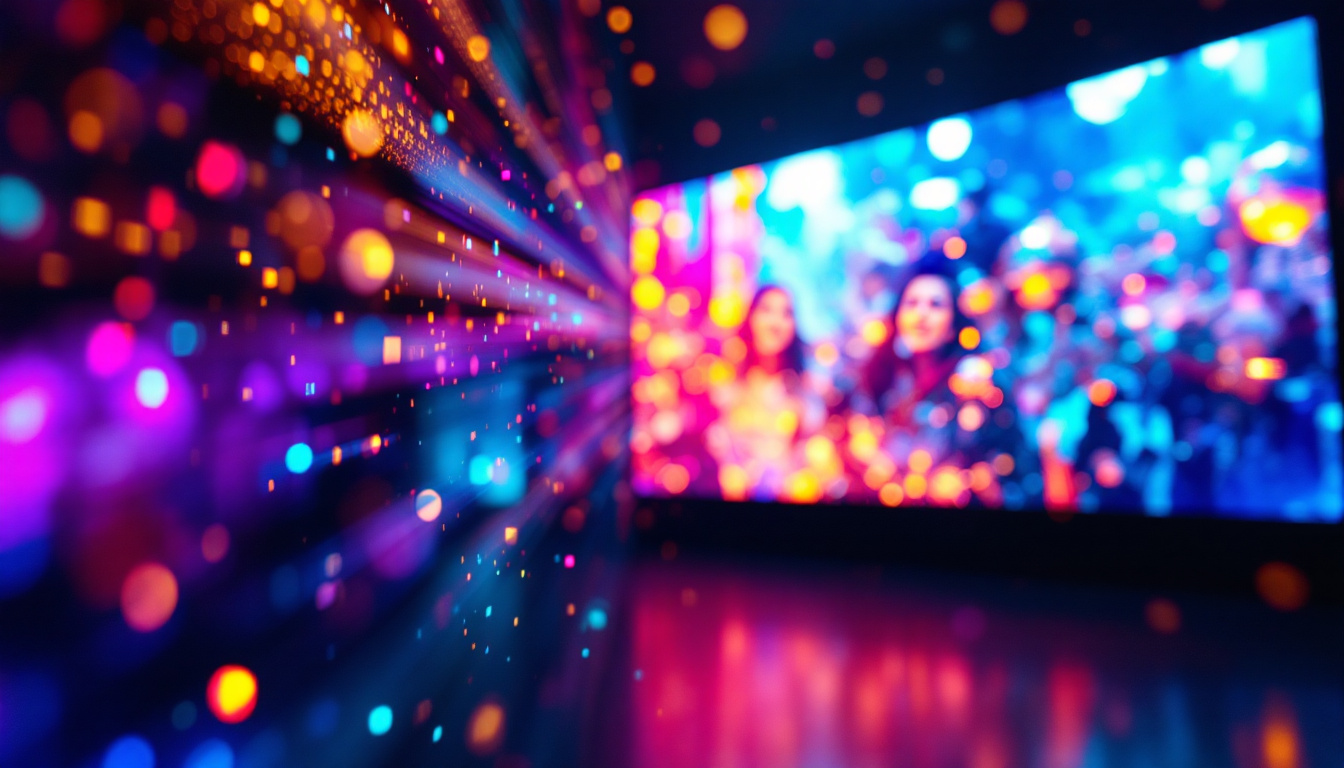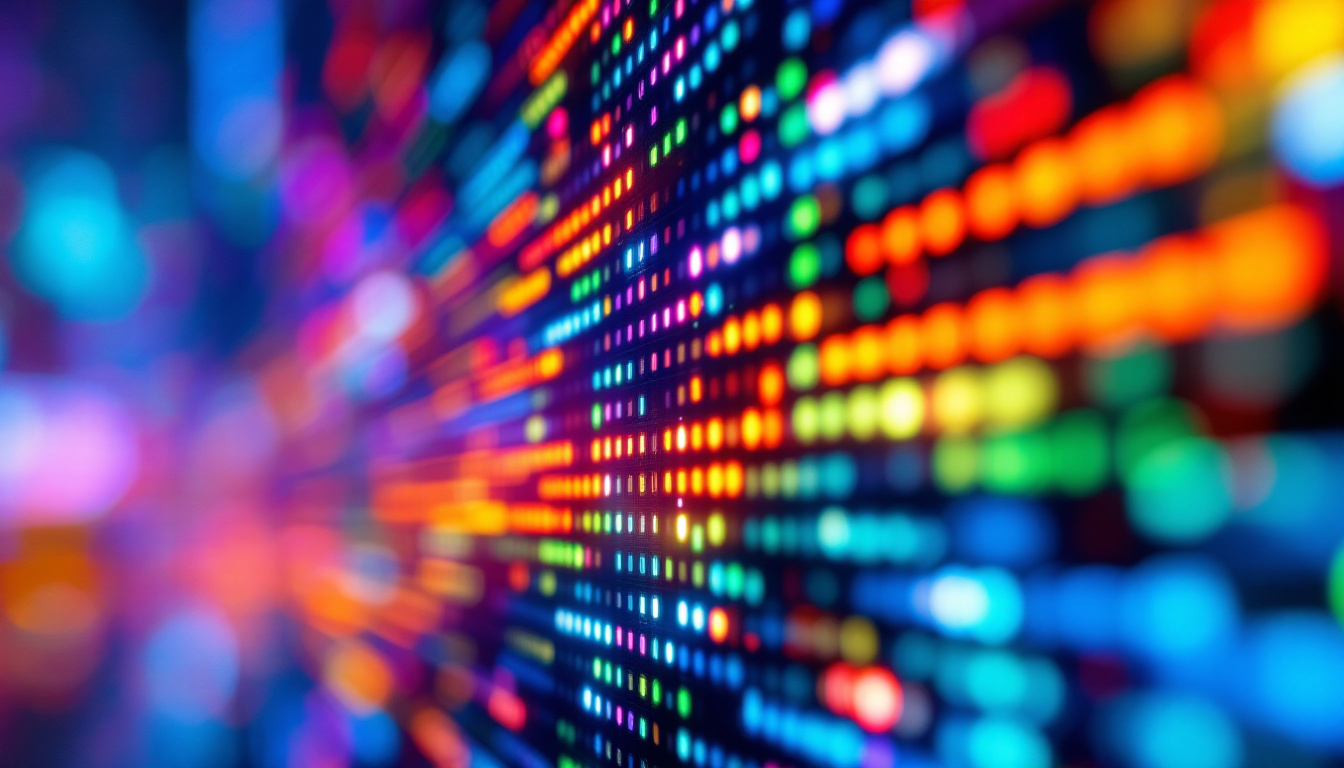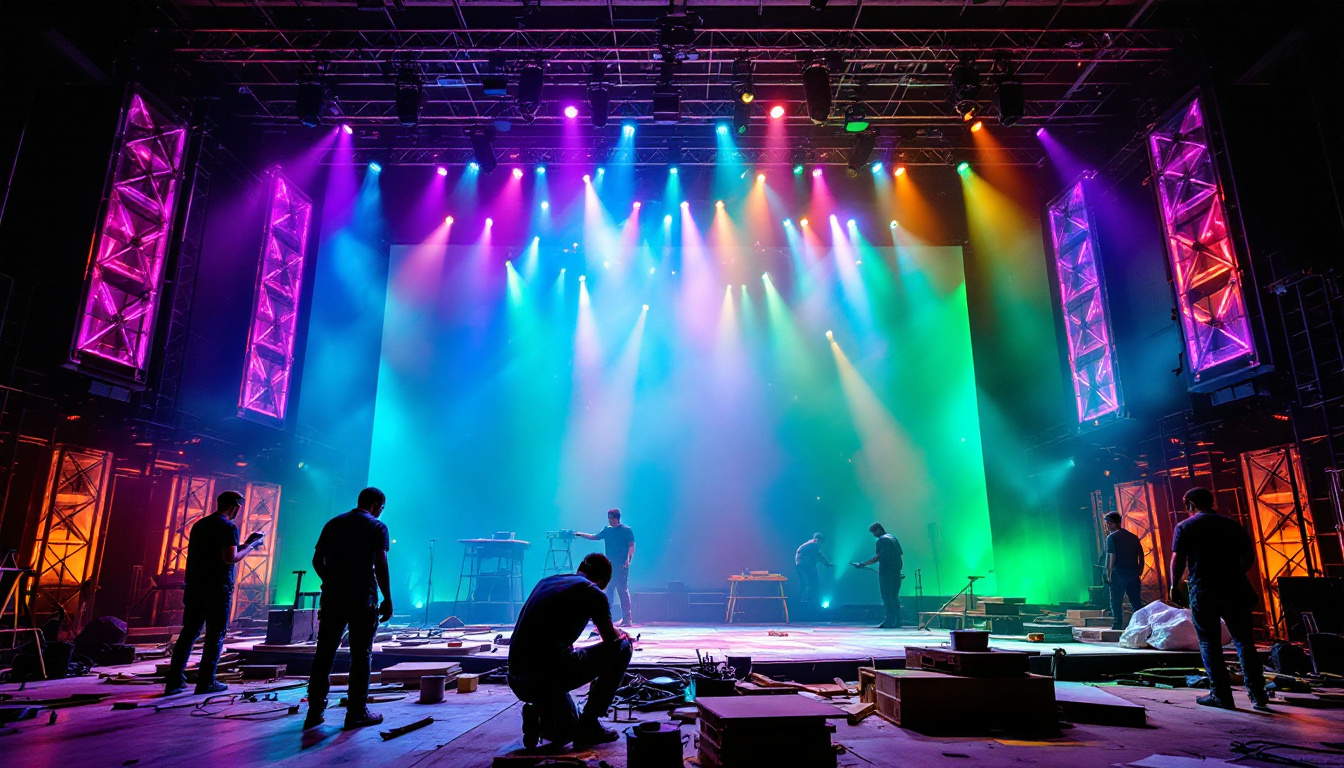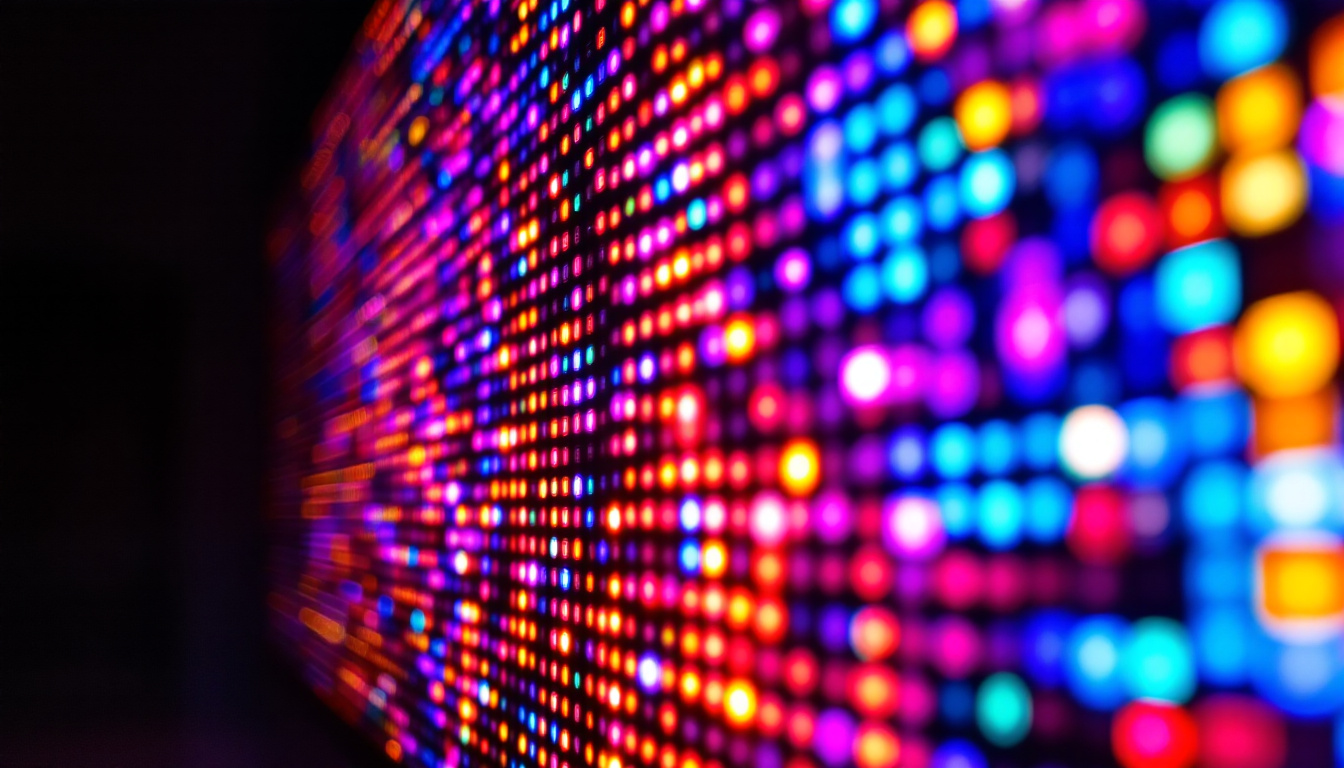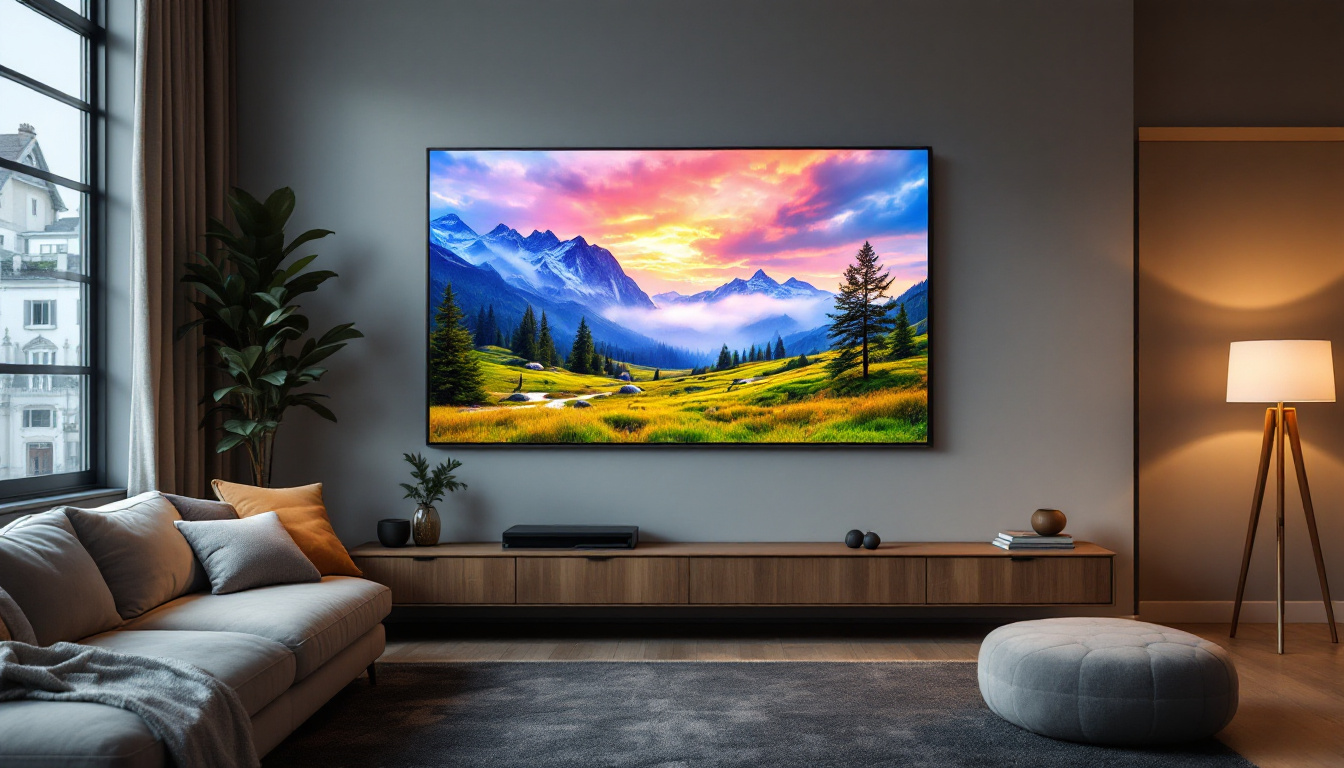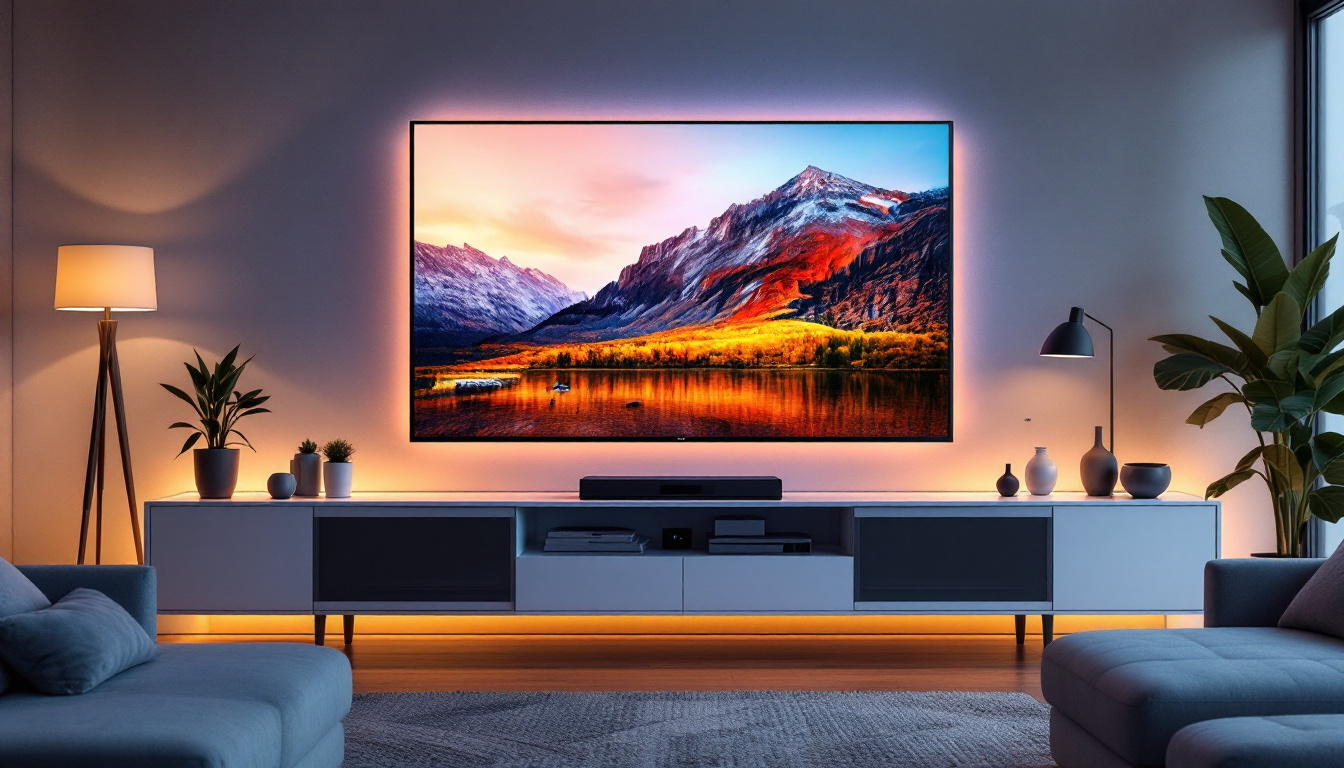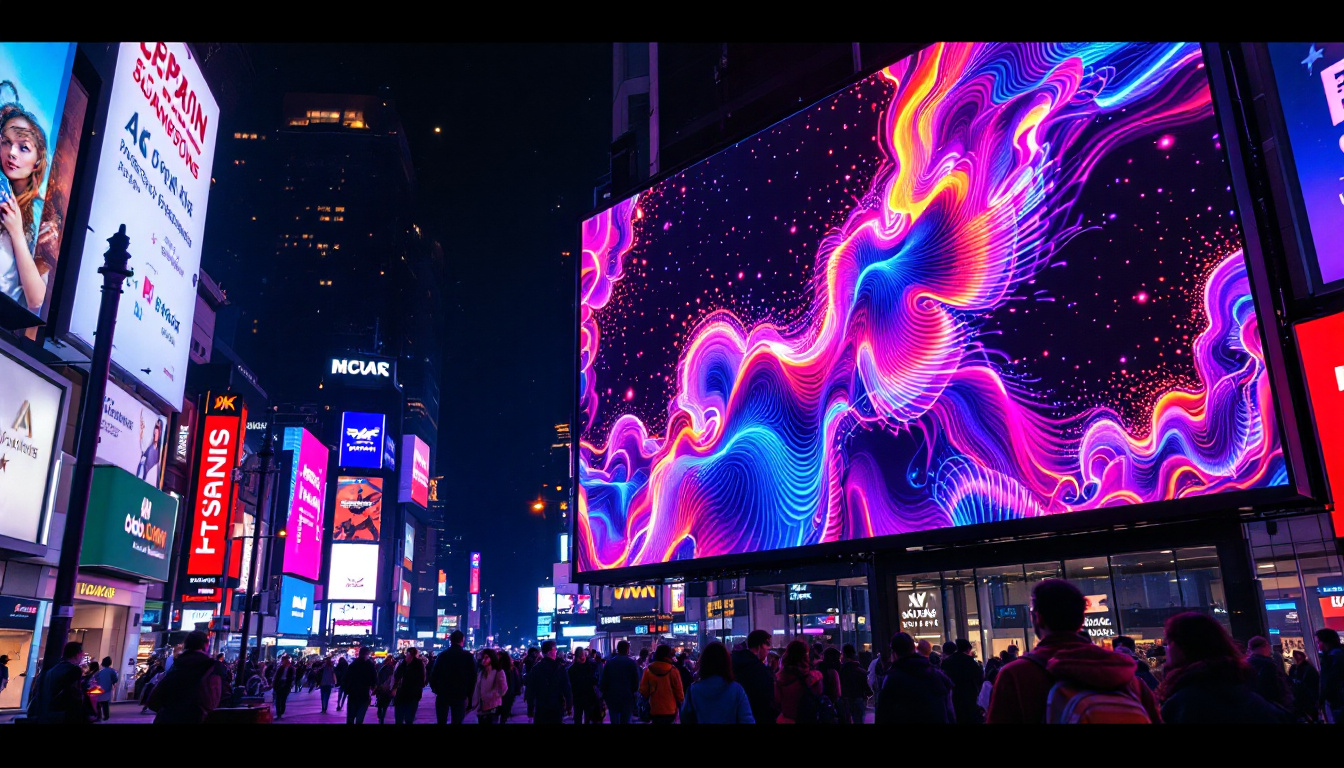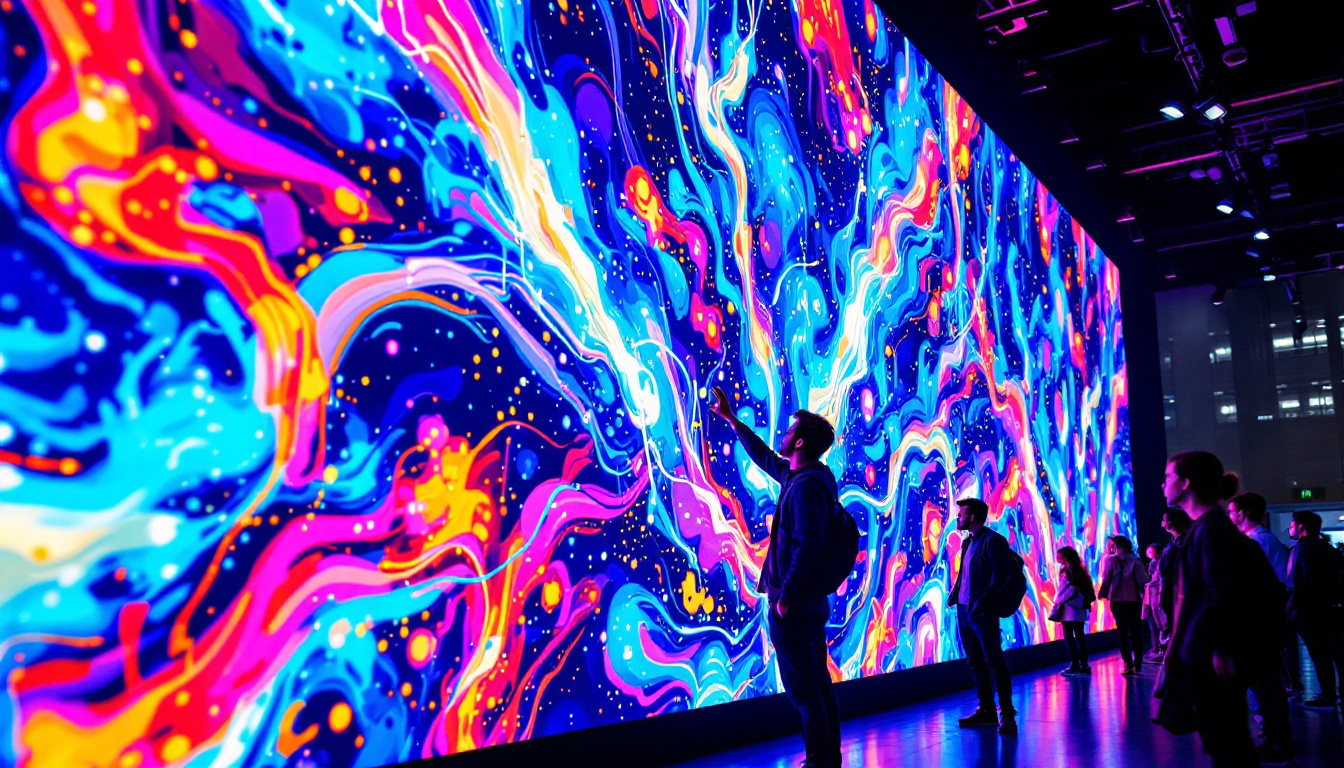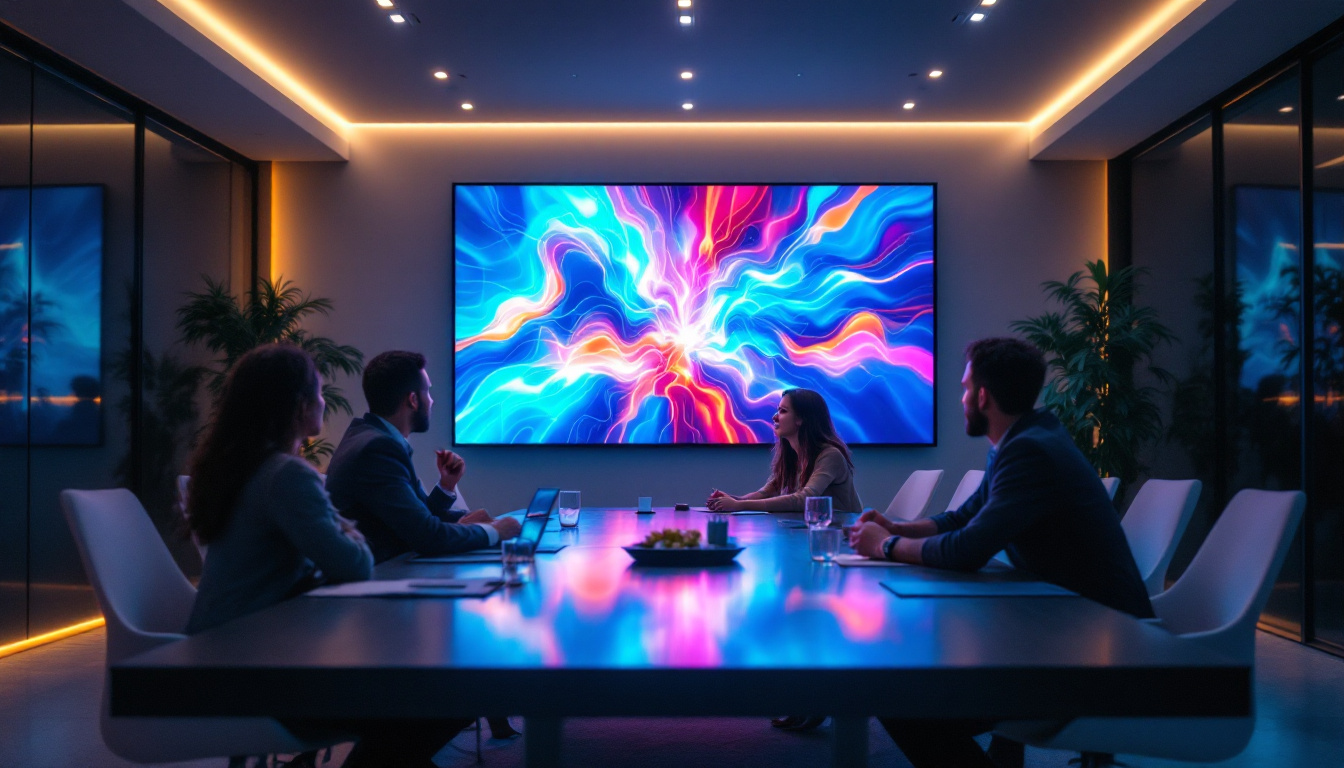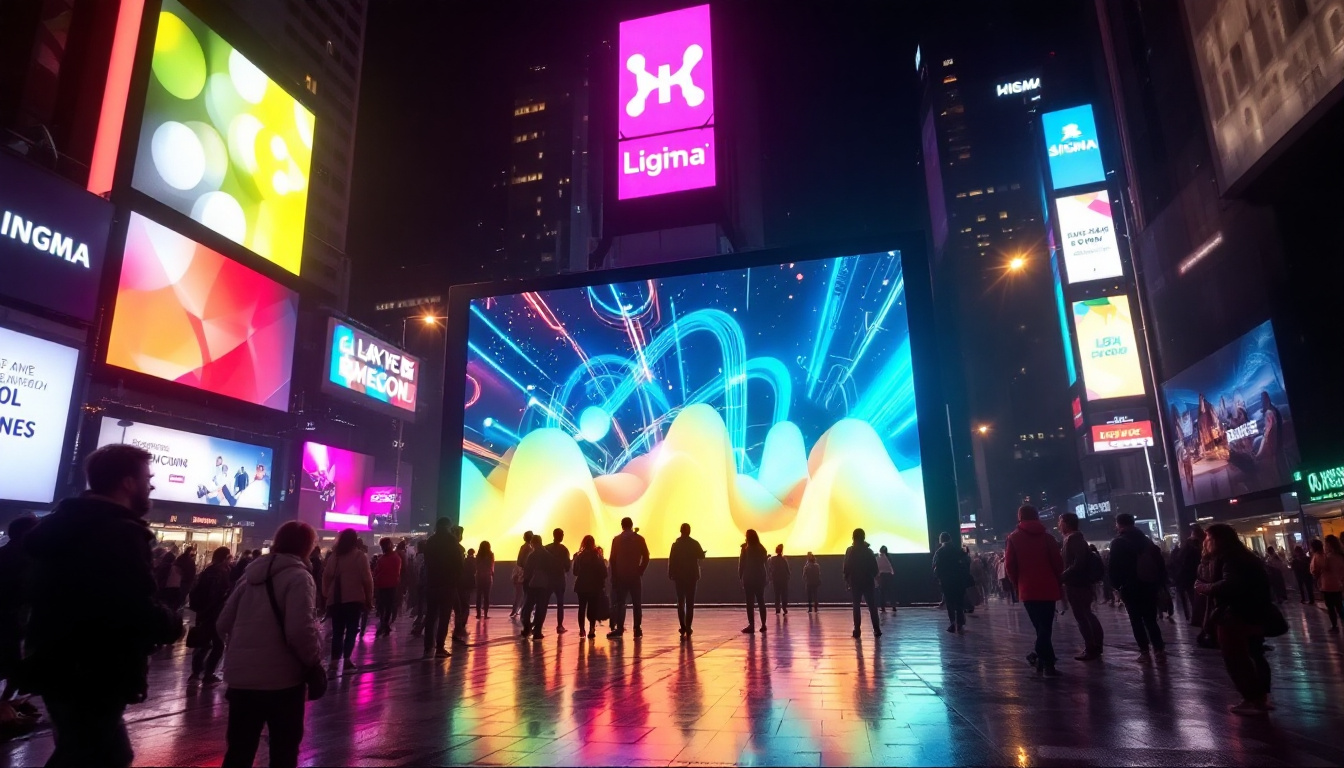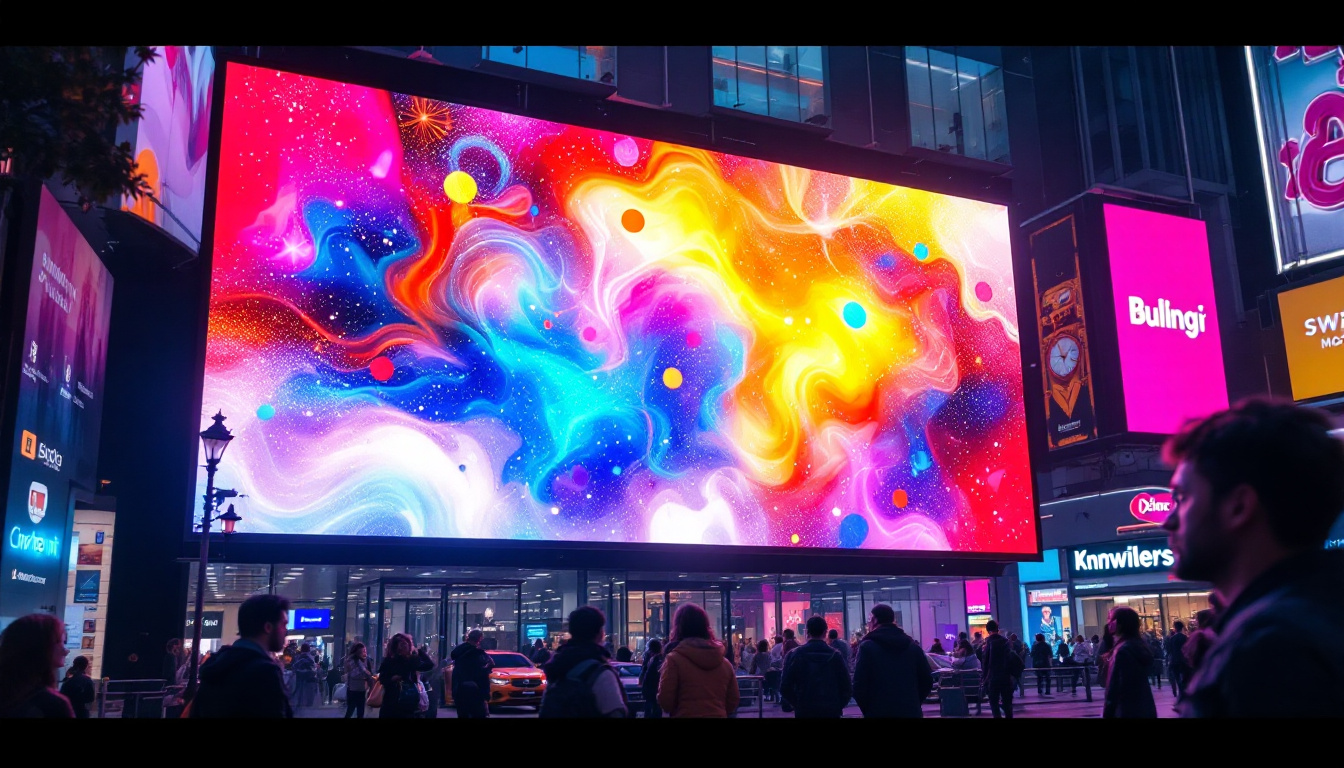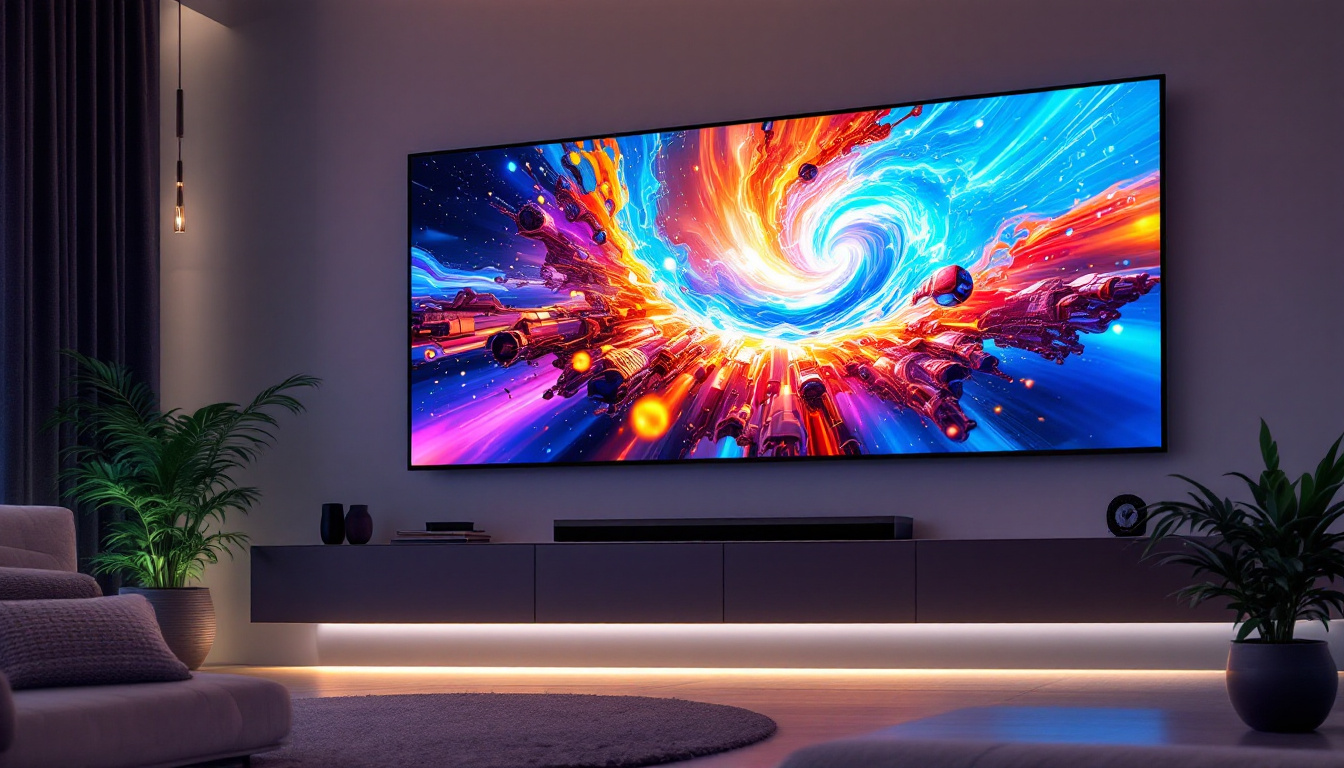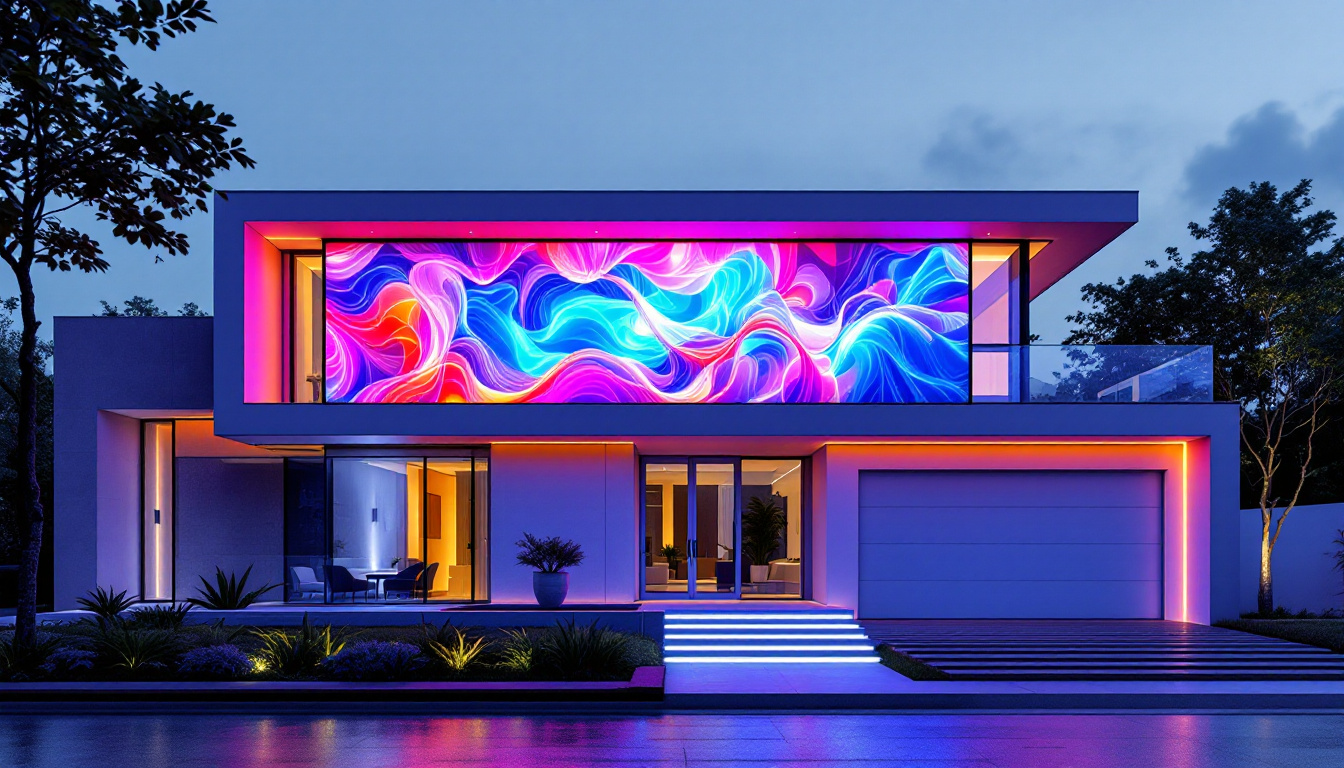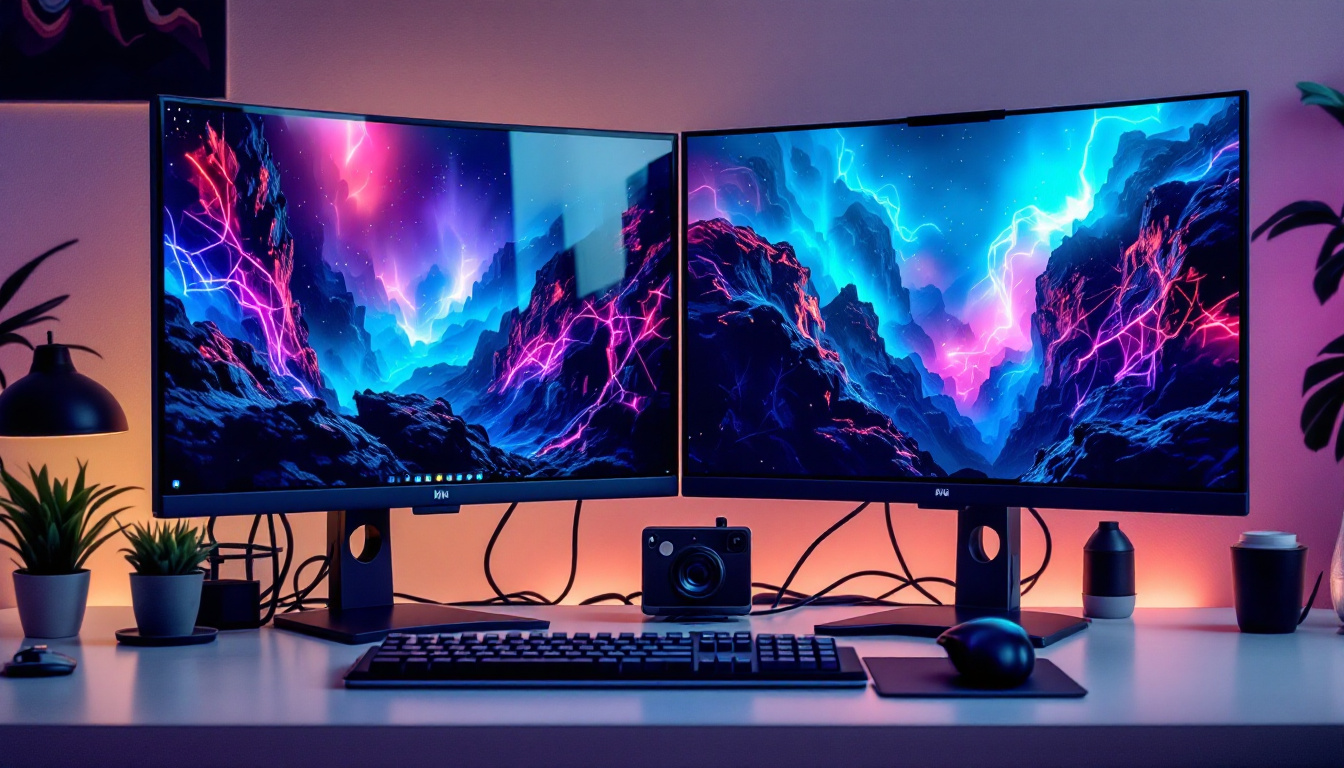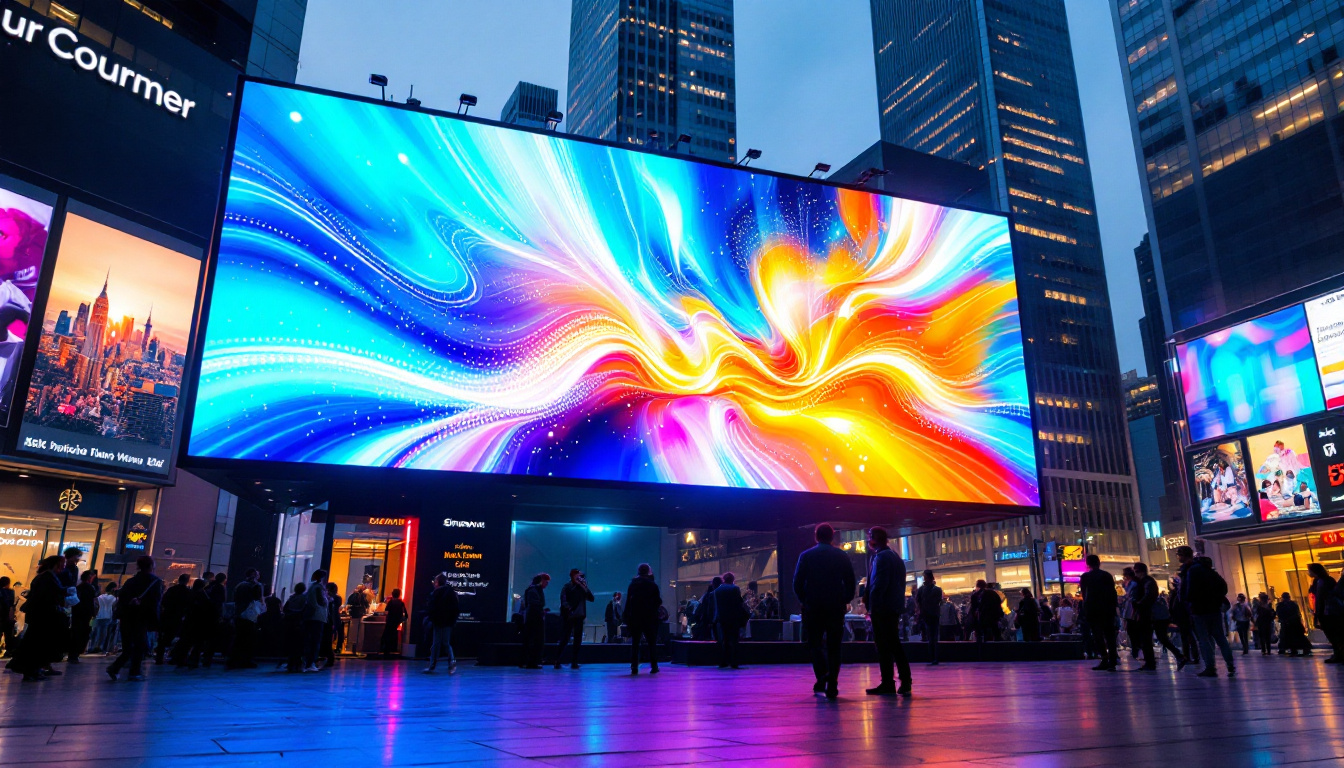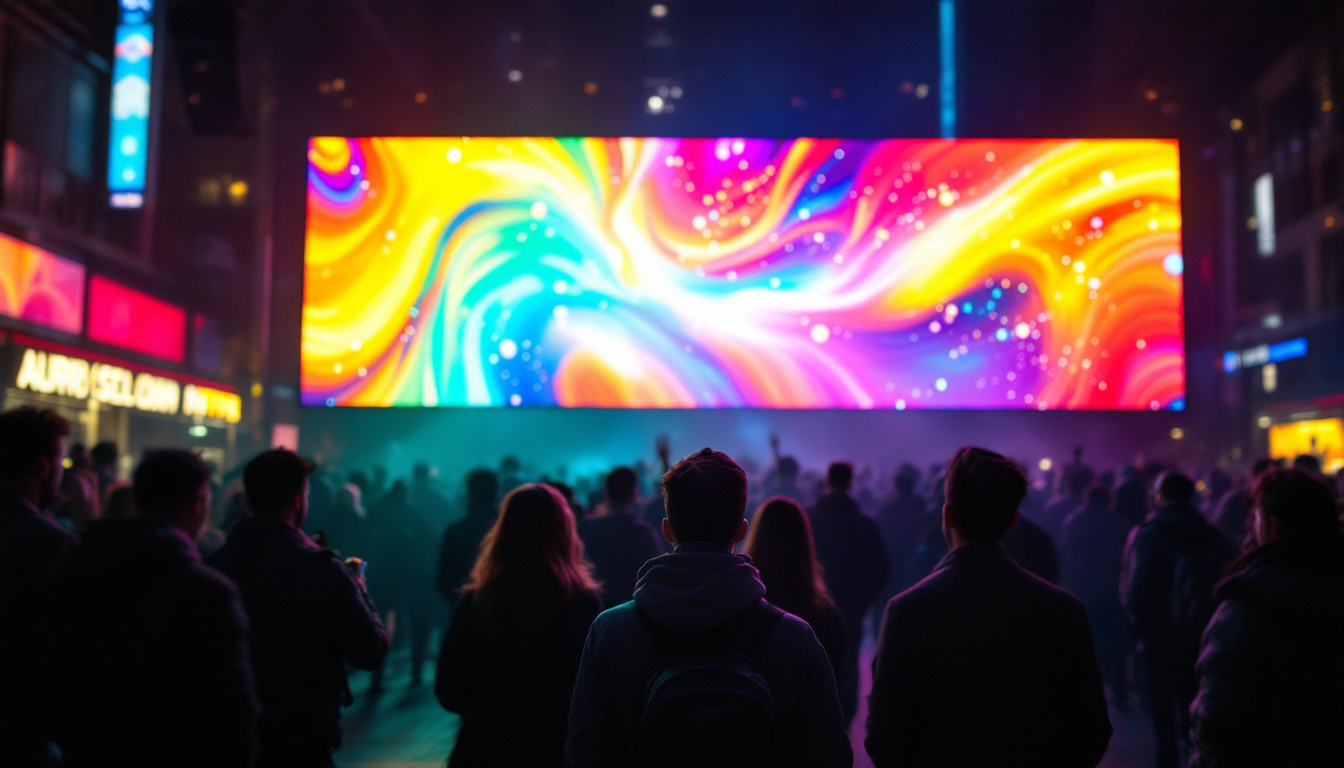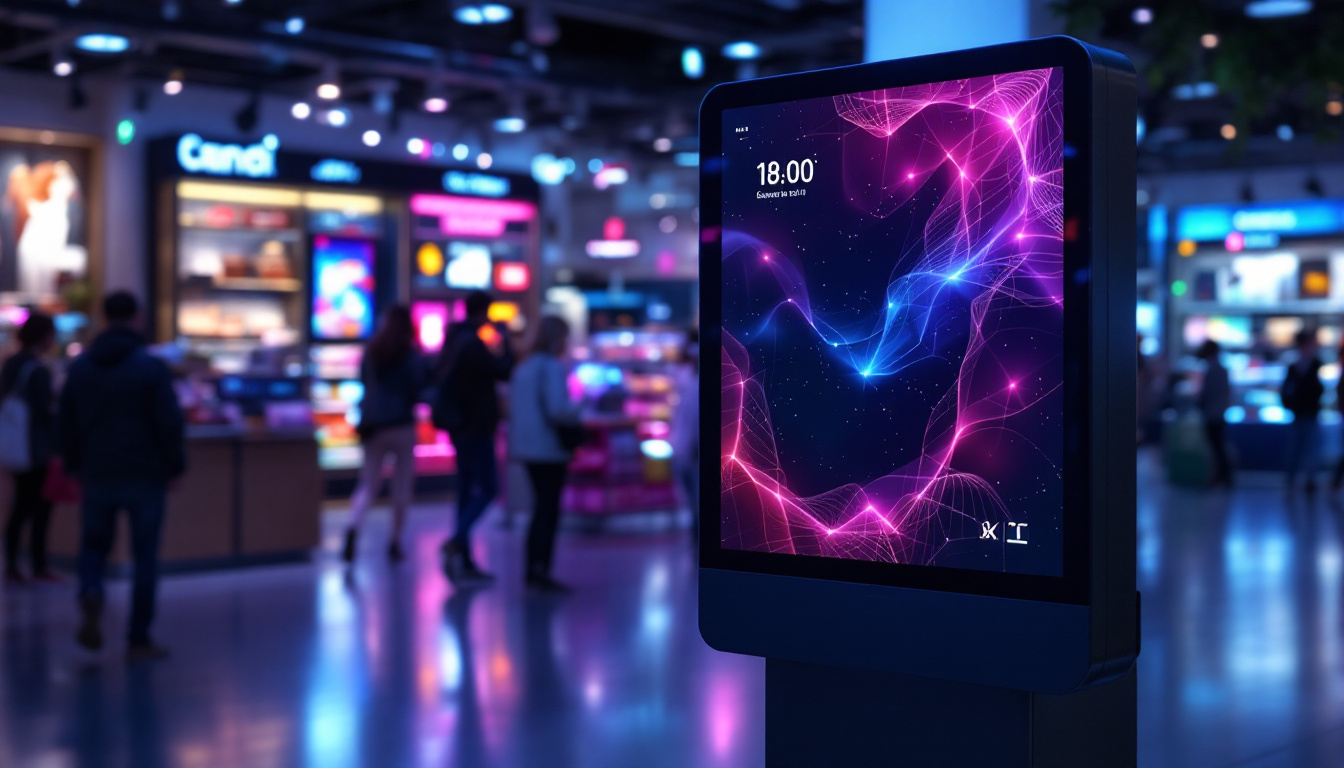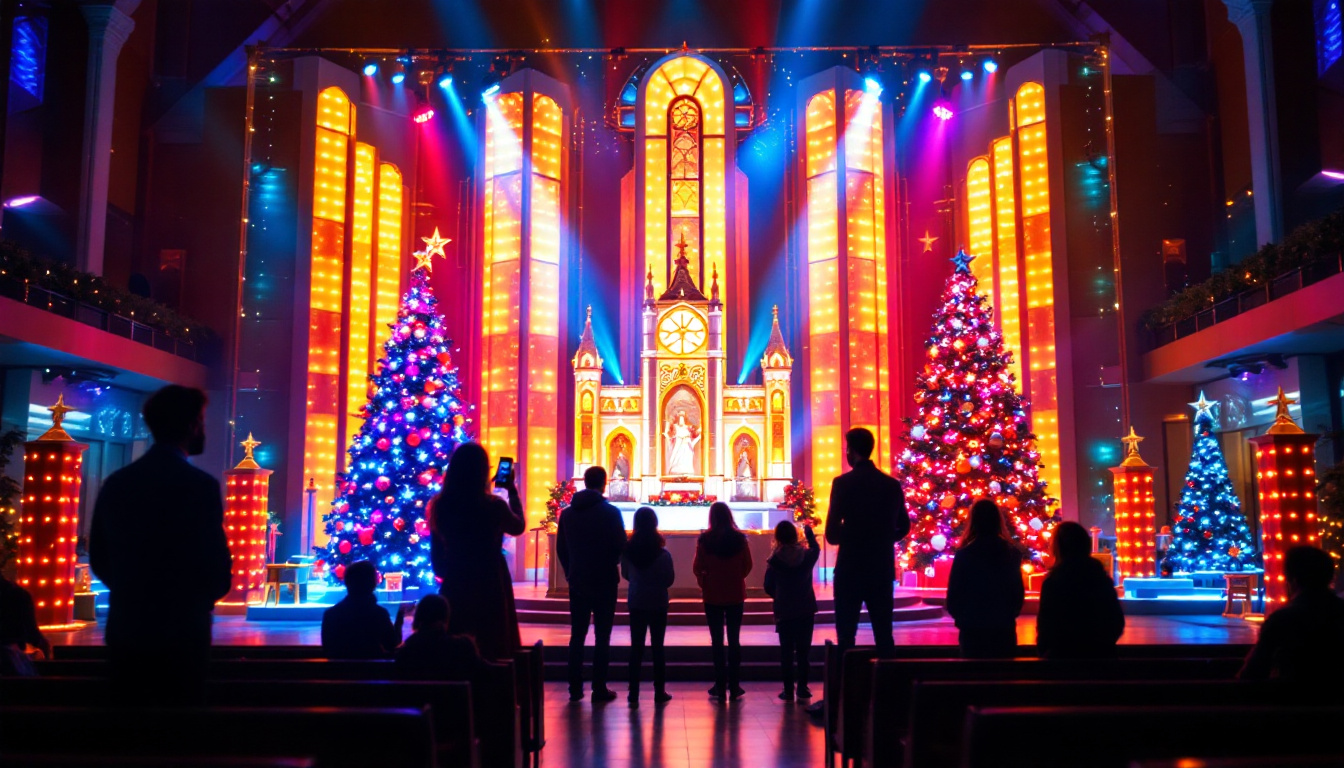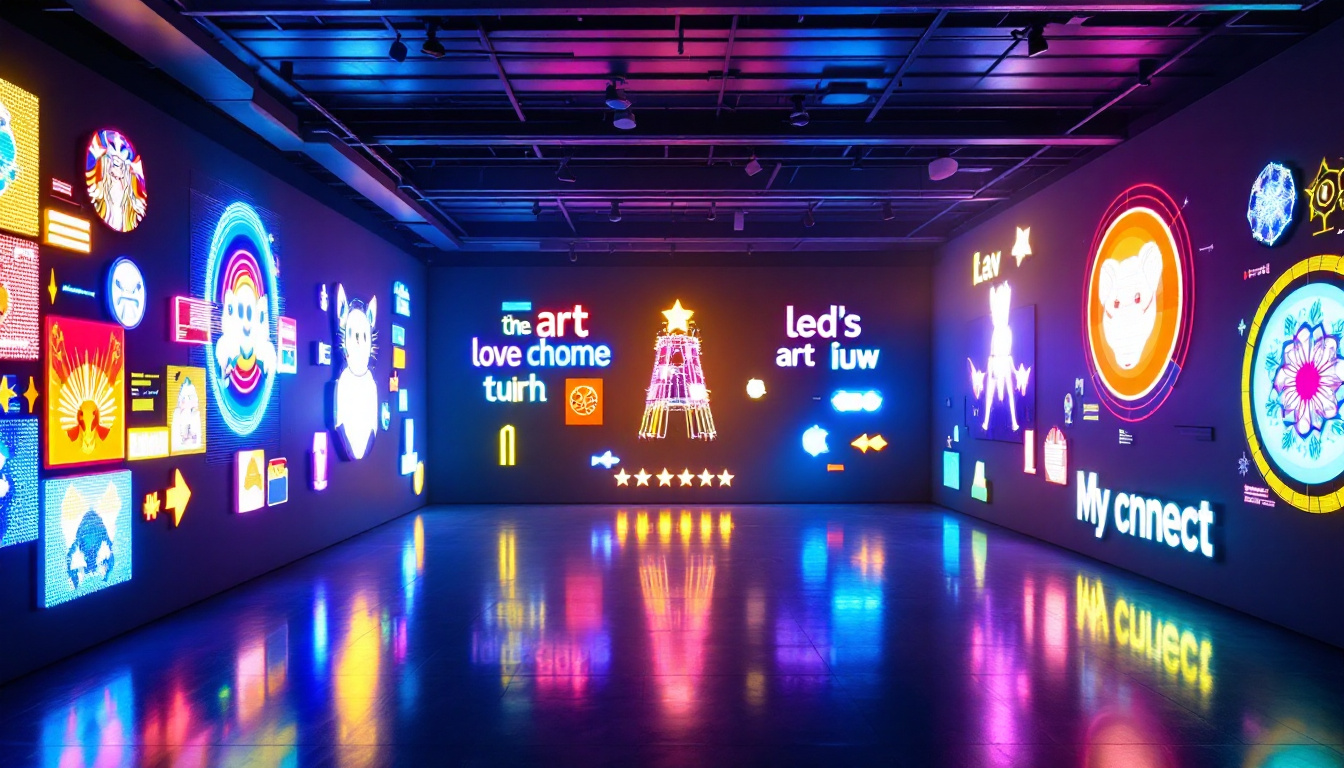In the ever-evolving world of cinema, technology plays a pivotal role in shaping the viewing experience. One of the most significant advancements in recent years is the rise of LED display technology. This article delves into the intricacies of LED displays, their applications in the film industry, and how they enhance the way audiences experience movies.
Understanding LED Display Technology
LED, or Light Emitting Diode, technology has transformed various industries, including television and cinema. Unlike traditional projection methods, LED displays utilize numerous small diodes to create vibrant images. This section will explore the fundamental aspects of LED technology and its advantages.
How LED Displays Work
LED displays consist of an array of tiny light-emitting diodes that produce light when an electric current passes through them. These diodes can emit different colors, allowing for the creation of a full spectrum of hues. The combination of red, green, and blue (RGB) diodes can produce a wide range of colors, resulting in vivid and lifelike images.
Moreover, LED displays can be configured in various sizes and shapes, making them versatile for different applications. From large outdoor billboards to compact screens in theaters, the adaptability of LED technology is one of its most significant advantages. This flexibility extends to the ability to create curved or irregularly shaped displays, which can enhance the visual experience in unique ways, such as wrapping around a stage or fitting into unconventional architectural spaces.
Benefits of LED Displays in Cinema
One of the most compelling reasons for the adoption of LED displays in cinema is their ability to deliver exceptional image quality. The brightness and contrast levels of LED screens far exceed those of traditional projectors, resulting in sharper images and deeper blacks. This enhancement allows filmmakers to present their work as intended, with colors that pop and details that are easily visible. Furthermore, the high refresh rates of LED displays minimize motion blur, making them ideal for fast-paced action scenes, where clarity is crucial for viewer engagement.
Additionally, LED displays offer greater durability and lower maintenance costs compared to traditional projection systems. With no moving parts and a longer lifespan, LED technology reduces the frequency of replacements and repairs, making it a cost-effective solution for theaters. The energy efficiency of LED systems also contributes to lower operational costs, as they consume less power than traditional projectors. This not only benefits the theater’s bottom line but also aligns with growing environmental concerns, as reduced energy consumption leads to a smaller carbon footprint. As such, many cinemas are increasingly considering LED technology not just for its performance, but also for its sustainability advantages in a world that prioritizes eco-friendly practices.
Applications of LED Displays in Film
LED displays have found various applications within the film industry, from production to exhibition. Their versatility allows filmmakers to utilize this technology in innovative ways, enhancing storytelling and audience engagement.
Set Design and Production
In recent years, LED displays have been increasingly used in set design. Filmmakers can create immersive environments by using large LED screens as backdrops. This technique, known as virtual production, allows for real-time adjustments to the background, enabling directors to capture scenes with dynamic lighting and scenery without the need for extensive physical sets.
Moreover, virtual production has gained popularity in the wake of the COVID-19 pandemic, as it allows for safer filming practices while maintaining high production values. The ability to create realistic environments on set enhances the overall visual experience and can significantly reduce production costs. Additionally, this technology opens up new creative avenues for filmmakers, allowing them to experiment with fantastical landscapes and environments that would be impractical or impossible to recreate physically. By integrating LED displays with augmented reality (AR) and motion capture, filmmakers can push the boundaries of visual storytelling, crafting scenes that seamlessly blend the real and the imaginary.
Film Festivals and Screenings
Film festivals and special screenings have also embraced LED technology. High-profile events, such as the Cannes Film Festival, often utilize LED displays to showcase films in the best possible light. The vibrant colors and sharp images produced by LED screens create an engaging atmosphere for audiences, enhancing their viewing experience.
Furthermore, outdoor screenings have become increasingly popular, and LED displays are ideal for this purpose. Their brightness allows films to be viewed in daylight, making outdoor events more accessible and enjoyable for larger audiences. These displays not only serve as a canvas for the films themselves but also contribute to the overall ambiance of the event. With the ability to display promotional content, trailers, and interactive elements, LED screens can transform a simple screening into a multi-sensory experience. As filmmakers and organizers continue to explore the potential of LED technology, we can expect to see even more innovative uses that elevate the art of cinema and engage audiences in new and exciting ways.
Comparing LED Displays to Traditional Projection Systems
While LED technology has numerous advantages, it is essential to compare it with traditional projection systems to understand its impact fully. This comparison will highlight the strengths and weaknesses of each method, providing insight into why many theaters are making the switch.
Image Quality
One of the most significant differences between LED displays and traditional projectors is image quality. LED screens offer superior brightness and contrast, resulting in clearer and more vibrant images. Traditional projectors, especially those using older technologies, may struggle with color accuracy and brightness, particularly in larger venues.
Additionally, LED displays maintain consistent image quality regardless of the viewing angle, while projectors can suffer from distortion and loss of brightness when viewed from the side. This consistency is crucial in a cinematic setting, where every audience member should have an optimal viewing experience. The technology behind LED displays also allows for deeper blacks and more vivid colors, enhancing the overall visual impact of films and presentations. This capability is particularly important for genres that rely heavily on visual storytelling, such as animated features or visually rich documentaries, where every detail contributes to the viewer’s immersion.
Cost Considerations
Cost is always a significant factor in any technological decision. While the initial investment in LED technology can be higher than that of traditional projectors, the long-term savings often justify the expense. LED displays have a longer lifespan and require less maintenance, leading to reduced operational costs over time.
Furthermore, the energy efficiency of LED technology can result in lower electricity bills, making it an environmentally friendly choice for theaters looking to reduce their carbon footprint. In contrast, traditional projectors may require frequent bulb replacements and consume more power, increasing overall costs. Moreover, as the demand for high-quality visual experiences continues to rise, theaters equipped with LED technology may find themselves more competitive in attracting audiences. The ability to showcase films in stunning detail can enhance customer satisfaction and loyalty, ultimately leading to increased ticket sales and revenue. As such, the initial investment in LED systems can be seen not just as a cost, but as a strategic move towards future-proofing a theater’s offerings in an ever-evolving entertainment landscape.
The Future of LED Displays in Cinema
The future of LED displays in cinema looks promising, with ongoing advancements in technology and increasing adoption across the industry. As filmmakers continue to explore innovative storytelling techniques, LED displays will likely play a pivotal role in shaping the cinematic landscape.
Advancements in Technology
Recent developments in LED technology have led to improvements in resolution, color accuracy, and refresh rates. Higher resolutions, such as 8K, are becoming more accessible, allowing filmmakers to create even more detailed and immersive experiences. As technology continues to evolve, the potential for LED displays in cinema will only expand.
Additionally, advancements in flexible LED screens are opening new possibilities for creative set designs. These flexible displays can be curved or shaped to fit various environments, allowing filmmakers to push the boundaries of visual storytelling. This flexibility not only enhances the aesthetic appeal of a scene but also allows for real-time adjustments during filming, which can significantly reduce the need for extensive post-production work. Imagine a filmmaker being able to change the backdrop of a scene instantly, adapting to the narrative’s needs without the hassle of reshooting or altering physical sets.
Integration with Other Technologies
The integration of LED displays with other technologies, such as augmented reality (AR) and virtual reality (VR), is another exciting development. Filmmakers can create interactive experiences that engage audiences in new ways, blending the lines between cinema and gaming.
As these technologies continue to converge, the potential for innovative storytelling will grow, offering audiences unique experiences that were previously unimaginable. LED displays will undoubtedly be at the forefront of this transformation, providing the visual foundation for these new forms of entertainment. Furthermore, the rise of immersive cinema experiences, where viewers can wear VR headsets or interact with AR elements, is likely to redefine audience engagement. This shift not only enhances the viewing experience but also invites audiences to become active participants in the narrative, blurring the lines between observer and storyteller. The synergy between LED technology and these immersive platforms will pave the way for a new era of cinematic exploration, where the possibilities are as limitless as the imagination itself.
Conclusion
LED display technology has revolutionized the film industry, offering filmmakers and audiences alike a richer and more engaging cinematic experience. With superior image quality, versatility in applications, and ongoing advancements, LED displays are set to play an increasingly vital role in the future of cinema.
As the industry continues to embrace this technology, it is essential to recognize the impact it has on storytelling and audience engagement. The next time a film is viewed on an LED screen, it will be clear that this technology is not just a trend but a significant advancement that has transformed the way stories are told on the big screen.
Discover the Future of Cinema with LumenMatrix
Ready to experience the future of cinematic display technology? LumenMatrix is at the forefront of LED innovation, offering a wide array of solutions that bring stories to life on the big screen. From Indoor and Outdoor LED Wall Displays to specialized options like Vehicle, Sports, and Floor LED Displays, our products are designed to captivate and engage. Embrace the revolution in visual communication with our Custom, All-in-One, and Transparent LED Displays. Check out LumenMatrix LED Display Solutions today and transform your visual storytelling into an unforgettable experience.

